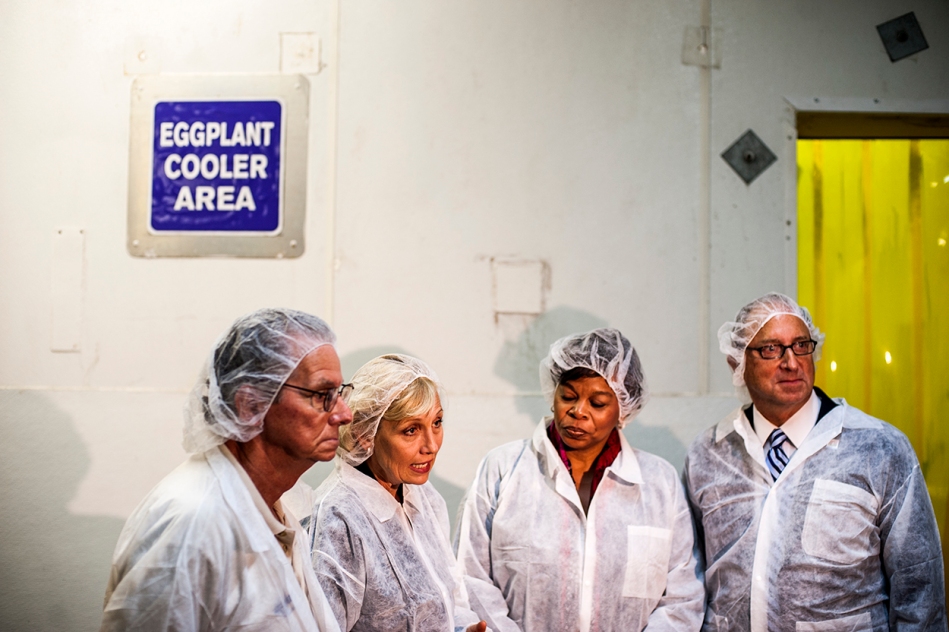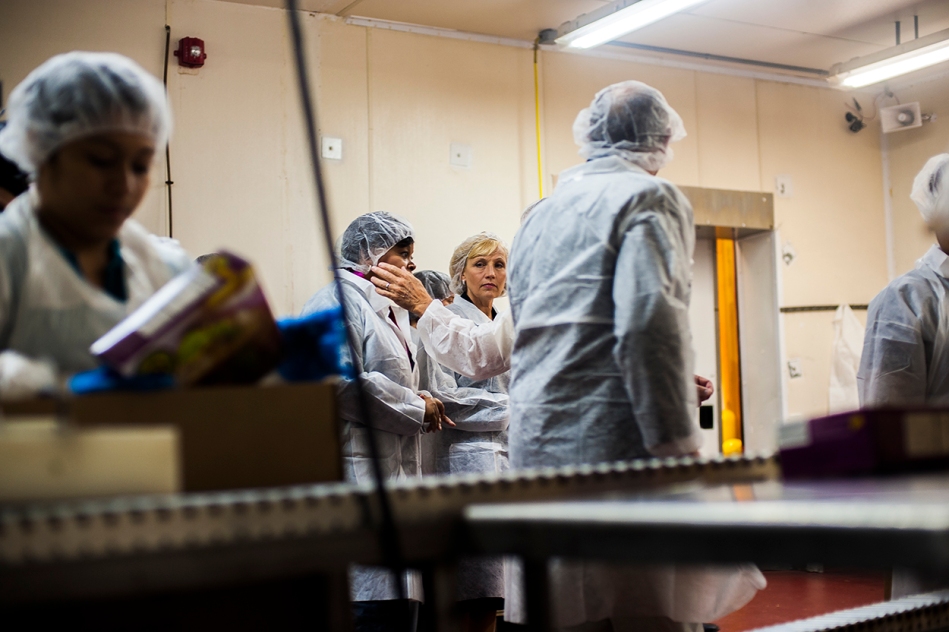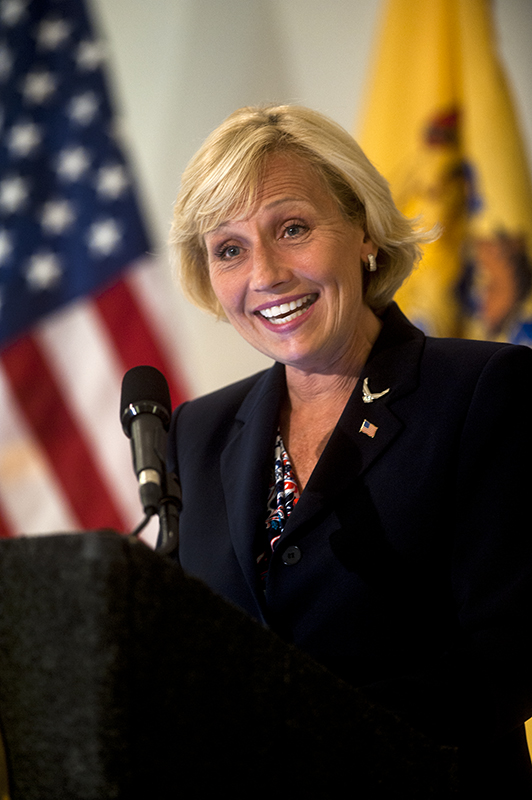Photo-Op Ethics
Edit: Someone who is very, very good at this is Damon Winter. Check out his coverage of Barack Obama’s 2008 campaign for the New York Times. (Filed under stories 1, essay 3 on his website.)
In theory, the “photo-op” should be the easiest of all news events to shoot. The subjects find themselves a good background, stand in a group and grin enthusiastically. Maybe there’s a handshake, or a ribbon to cut, or some animal for a politician to react to humanizingly. It’s an opportunity for the big dogs to show their affection for the regular folk and those lower down the rungs to bask in some reflected publicity. This is not to be cynical or judgemental – there’s no lying going on. It’s an honest means for politicians to shine lights on their achievements, or models of success among their constituents.
That said, the second standard of the NPPA Code of Ethics is that photojournalists “resist being manipulated by staged photo opportunities.” How should that be interpreted? Should earnest PJs refuse to pick up their cameras upon being assigned a ribbon cutting by their editors? That would be ridiculous; they’d lose their jobs and their readers would miss out on a real and valid news story. Photojournalists would have to abandon the campaign trail entirely. I believe, though I may well be wrong, that to be manipulated by the opportunity would be to only shoot the ribbon-cutting to the exclusion of the other stories present.
I had an opportunity today to shoot one of the more visually interesting photo-ops I’ve yet to encounter. Lieutenant Governor Kim Guadagno came to Camden to tour the Camarco food plant, and everyone – she, her staff, the other guests and us members of the press – put on smocks and hairnets traipsed around the facility. I took the opportunity to explore the various ways such an event can be covered – and the extent to which the story can be re- or mis-interpreted depending on the PJ’s eye.
First, one of the typical shots that would emerge from such an event – the subjects in a line, bantering with each other and the press. From left, the plant owner talks shop with the Lt. Governor, while the mayor and secretary of agriculture smile and look on.
But maybe that’s not the story I see, or the one I’m assigned to cover. Imagine instead I’m focusing on the relationship between Lt. Gov. Guadagno and the press. I step out of the crush of photographers and reporters, adjust my exposure and suddenly I see…
…the Lt. Governor looking a bit separate, framed by the shadows of anonymous talking heads, staring a bit blankly into the light of a TV news camera. That none of the other people visible seem to be paying much attention to her in my mind strengthens the impression of lonely celebrity.
Is one story more or less true than the other? Kim Guadagno is both an official with a vested interest in the success of business in her state – particularly in poorer areas like Camden – and a woman who spends a lot of her time in front of cameras. (Note – this is not to make any claims about Lt. Gov Guadagno’s tolerance for the spotlight, my point is merely illustrative.)
Notably, it’s also possible to tell a false story with an undoctored image:
At no point did the three people accompanying seem distracted or exhausted, but because of a carefully timed shot, one might imagine they were completely disinterested in the whole affair.
After the photo-op, it’s time for a slightly more candid tour of the facility. Again there are various ways to approach this. Maybe I want to focus on the fact that the Lt. Governor (flanked by the secretary of agriculture) had a brief but earnest conversation with a business owner about the recipe for long-term success in a struggling economy…
…or maybe I want to point out that she walked through the factory surrounded by a retinue of aids, pols, and press and didn’t talk to any of the factory-floor workers:
Of course I have no particularly strong feelings about the governor, and work to remain objective in all of my reporting. The goal of this post is to demonstrate that it is possible even in the most staged of situations to create a variety of images and seek out some truth deeper than the most apparent story. Also worth noting is that I decided not to publish here photos of Guadagno after touring the “onion room” of the factory, from which all of us emerged red-eyed and weeping, because of their potential misuse. To close, here are some images I made later in the day of the Lt. Governor in a suit in front of some flags, which I would imagine is more typical of her day-to-day work appearance:






